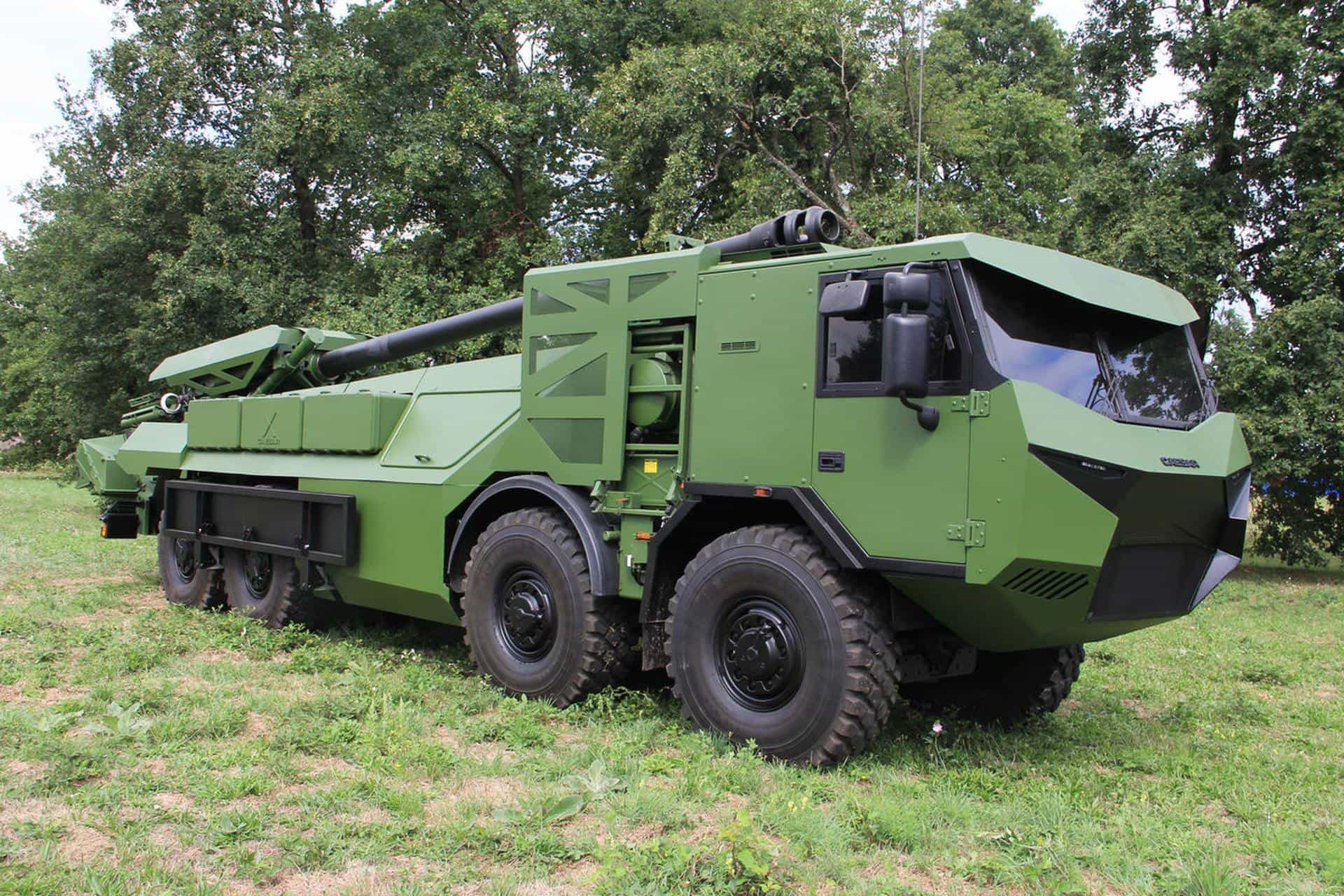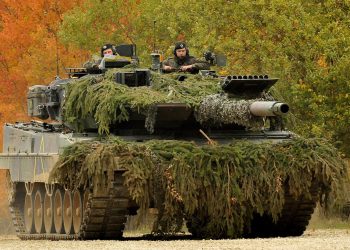The author takes a critical look at the mission assignment and orientation of U.S. landpower. He calls for an unconventional revolution in U.S. land forces that optimizes them for intervention in complex and violent crises of governance and security in states crippled by internal disorder. In the end, he argues that the armed stabilization of states and regions in crises will be not just equivalent in importance to traditional warfighting in future land force planning but instead the primary land force mission for the foreseeable future.
Summary
The Department of Defense (DoD) cannot long ignore the inadequacy of much of the current force for nontraditional challenges lurking on the strategic horizon. In the face of the next large-scale unconventional challenge when the President turns to the Secretary of Defense (SecDef) for options, the SecDef must have the right force available to respond effectively.
Senior landpower leaders in particular should reorient on a new unconventional balance point for force optimization. They should anticipate that there will be changes in the U.S. approach to defense-relevant and defense-specific challenges around the world. As a consequence, they should act proactively to help the SecDef identify and build capabilities for the new balance point during the upcoming Quadrennial Defense Review. Doing so will enable DoD to better account for contemporary strategic conditions with minimum future institutional disruption. This monograph arrives at the following conclusions.
- The contemporary strategic environment is marked by a new unconventional status quo. Four characteristics define this new normal. First, unconventional threats of “purpose” and “context” dominate the defense operating space. Second, internal and external threats to foreign interests will commingle in future land-centric contingencies. Third, hybrid combinations of purposeful and contextual threats will be commonplace. And, finally, fourth, traditional military power–employed in isolation–will be increasingly less useful. Combined, these indicate that “fighting and winning America’s wars” will mean something quite different to senior land force leaders in the future.
- U.S. landpower fulfils two roles in this new unconventional operating space. It delivers decisive lethal and nonlethal military effects and enables effective employment of important nonmilitary capabilities and resources like aid, development assistance, consequence management, and preliminary reconstruction.
- Armed stabilization may be the next most common and most important major combat operation (MCO) for DoD land forces. More broadly among the many targets available for land force optimization in the coming years, the most prudent course is one that pursues an unconventional revolution in mission and capabilities. Shifting land force policy in this direction acknowledges that armed stabilization of nations and/or regions in crisis and the defeat of violent threats to a foreign internal order are likely more important organizing principles for future force planning than is preparation for future traditional MCOs.
- Here, U.S. land forces optimize for circumstances where: (1) vital interests are challenged by violent unconventional threats; (2) the degree of violence itself is quite high and the environment is nonpermissive; (3) physical threats demonstrate some organization and relative sophistication at various levels (but not that commonly associated with high-end MCO); and finally, (4) foreign partners suffer from substantial loss or complete failure of sovereign control over political and security outcomes.
- Four principles should govern future landpower employment in this new environment. These reflect the strategic experience and choices of the post-September 11, 2001 (9/11) era, and are sensitive to contemporary risk and cost tolerance. They are: (1) core interests first; (2) limited objectives; (3) risk management; and, finally, (4) early integration of joint, interagency, intergovernmental, and multinational contributions. All four blend at critical points.
- Shaped by these four principles, unconventional land force optimization calls for the adoption of eight new or revised missions. This new mission set is not a threat to the warfighting culture of either the U.S. Army or Marine Corps. Instead, it represents a recalibration of landpower’s focus consistent with history, the likeliest strategic futures, and, finally, the desire by senior defense leaders to shift DoD’s weight decisively in the direction of unconventional threats.
- The new mission set includes: (1) active management of purposeful unconventional threats; (2) armed stabilization; (3) preemptive/ punitive campaigns; (4) security sector reform and assistance; (5) conventional deterrence and limited traditional war; (6) facilitation of whole of-government stabilization and reconstruction; (7) generation and sustainment of adequate land force capabilities; and finally, (8) homeland defense and security. All of these missions andtheir associated force pools are interdependent. When combined, they amount to a new 21st century land power force planning construct.
Pursuit of an unconventional land force revolution that accounts for these eight missions resets landpower for decisive intervention in future complex contingencies. General purpose land forces, in particular, must optimize for armed stabilization missions that demand rapid containment and defeat of nontraditional foreign hazards under conditions of general civil disorder in order to create secure operating space for the effective employment of essential nonmilitary agents (e.g., interagency, intergovernmental, international, and nongovernmental). This course recognizes that U.S. land forces are warfighting institutions first. However, it forces landpower leaders to build for a different kind of warfighting future.
Conclusion: Pursuing a New Balance
An unconventional revolution in land forces redefines the balance point for force optimization. As a hedge against lingering traditional uncertainty, full-spectrum balance remains a legitimate goal for parts of DoD. Nonetheless, the author concludes that uncompromising pursuit of full-spectrum balance in land forces is fraught with unwarranted strategic risk. Indeed, pursuit of full-spectrum balance is likely to result in renewed imbalance in favor of the missions landpower leaders are culturally most comfortable with as against those they are likeliest to undertake. In this regard, excessive investment in full-spectrum balance in land forces is an expensive strategic detour that can result in sub-optimizing for an unconventional future.
Pursuit of a wider unconventional revolution resets the balance point for land forces in a way that best positions them for decisive intervention against compelling unconventional threats. Landpower remains the most versatile and broadly employable DoD capability. General purpose land forces, in particular, must optimize for armed stabilization. This envisions a land force capable of containing and defeating nontraditional hazards to U.S. core interests under conditions of general civil disorder in complex foreign contingencies. Their purpose in doing so is to create secure operating space for the essential work of important nonmilitary agents (i.e., interagency, intergovernmental, international, and nongovernmental). This course recognizes that American land forces are warfighting institutions first. However, it pushes landpower leaders to recognize that they must anticipate and build for a different kind of warfighting environment.
Download Full Report in PDF Format
Authored by Mr. Nathan P. Freier









